Gallery
Photos from events, contest for the best costume, videos from master classes.
 |  |
 | 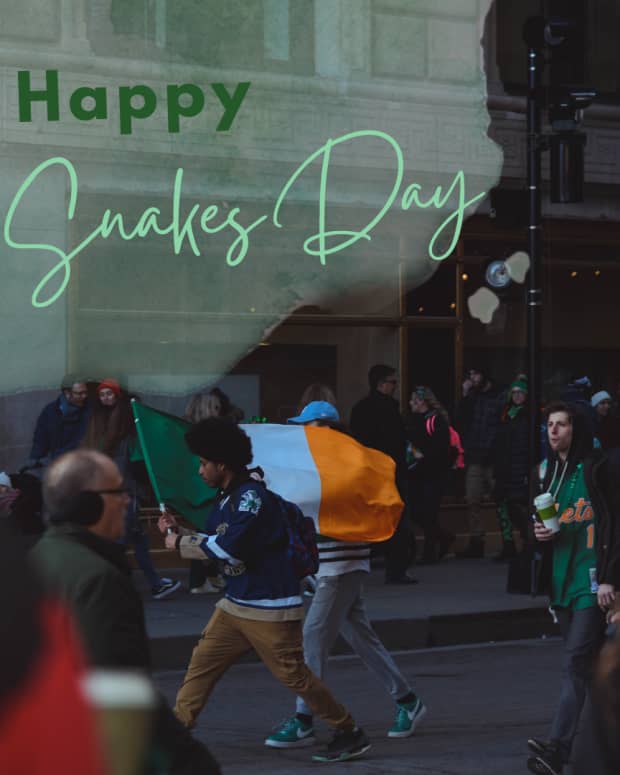 |
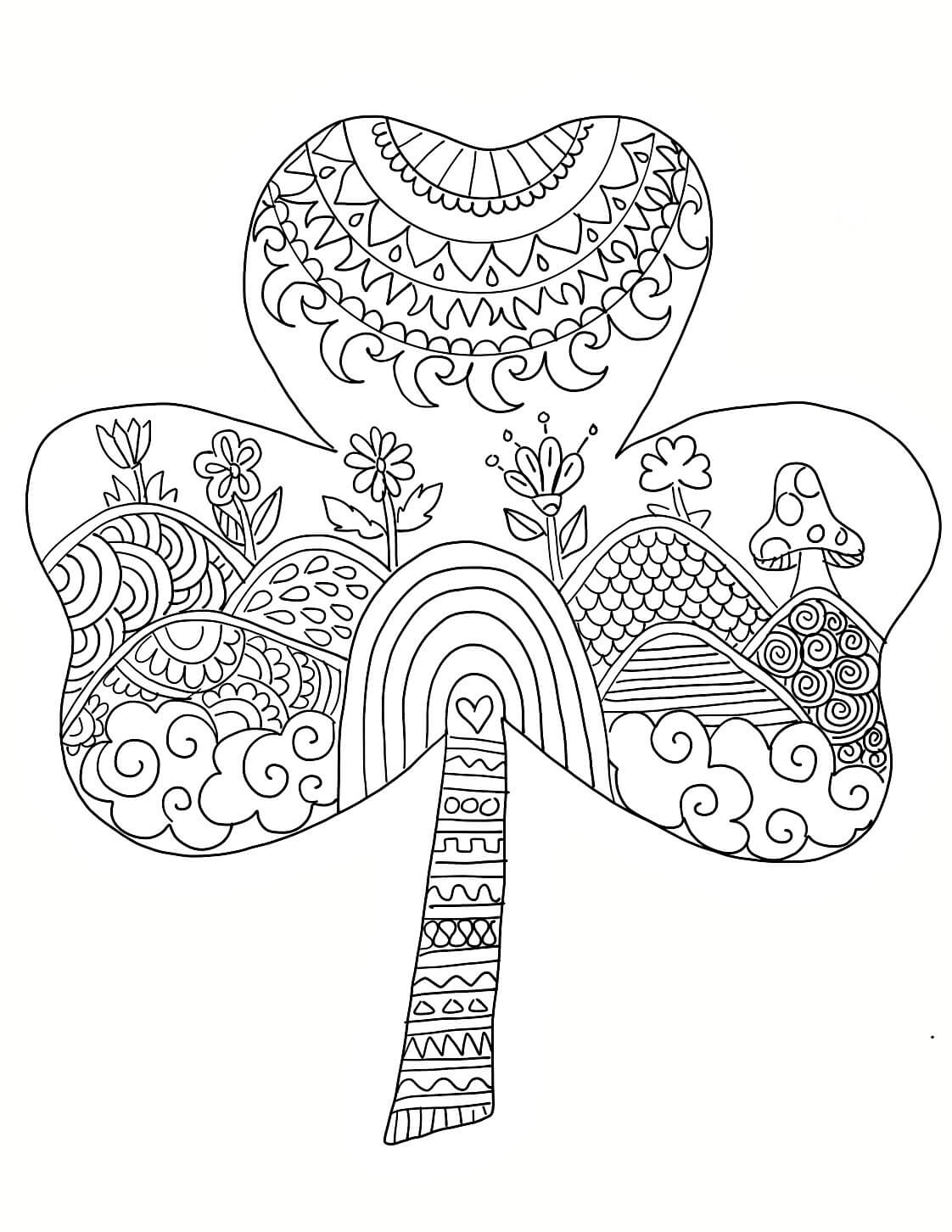 |  |
 | 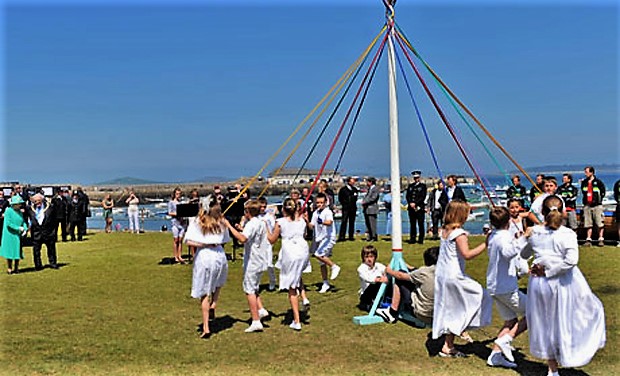 |
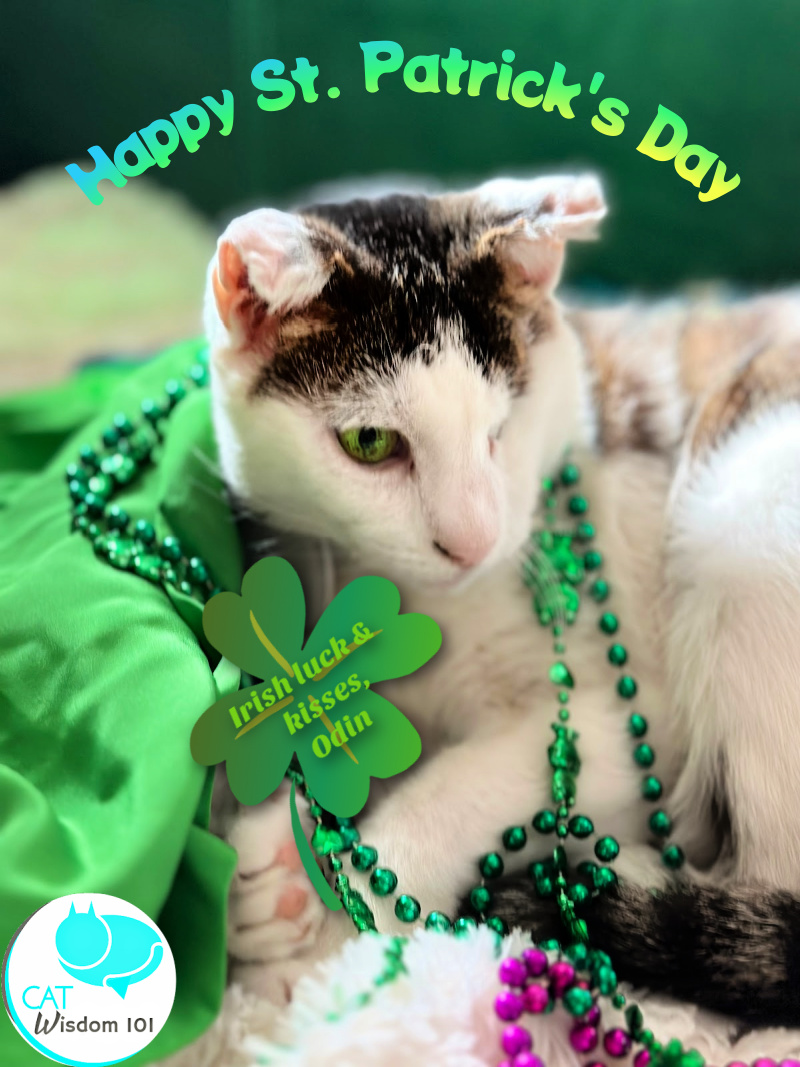 |  |
 | 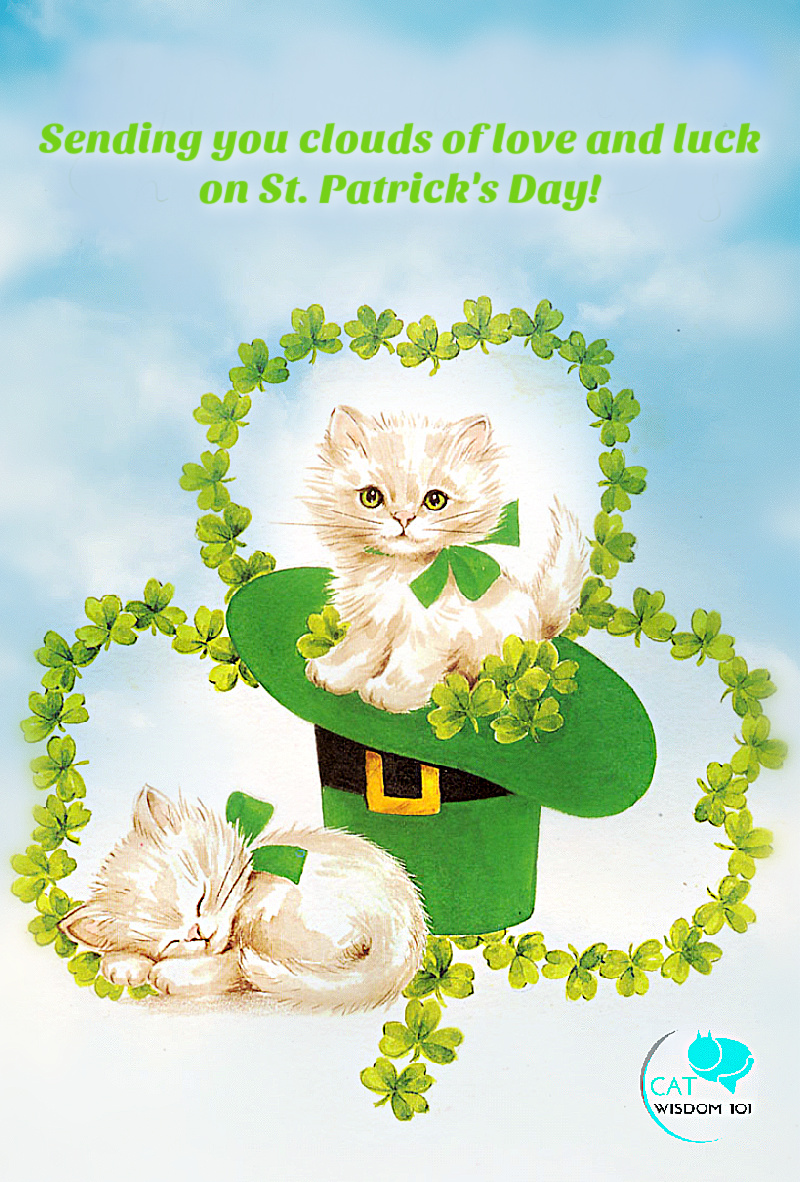 |
St. Patrick’s Day is a global celebration of Irish culture that takes place annually on March 17, the anniversary of the patron saint of Ireland's death in the fifth century. The holiday has And while the 17th of March was pegged as the day for celebrating the apostle of Ireland, the Church does occasionally move the date (like it did in 1940 and 2008 when St. Patrick’s Day fell during Holy Week and was thus shifted to April 3rd and March 15th respectively). So yeah, bottom line: the Church sets the date of St. Patrick’s Day. According to Wikipedia, “Saint Patrick’s Day, or the Feast of Saint Patrick, is a cultural and religious celebration held on 17 March, the traditional death date of Saint Patrick, the foremost patron saint of Ireland.” This doesn’t really give much information! I have also read that the Church designated St. Patrick’s feast day as February 17th to provide an alternative Christian holiday to the Pagan celebration of Ostara. I’m not sure this connection can be made either. history.com sets St. Patrick’s death date as February 17th. Like many of the popular holidays around the world, St. Patrick’s Day is yet another classic example of a deeply Catholic holiday gone mainstream. And also like those other holidays, the day’s growth in popularity has, in many ways, robbed it of its richness.While there’s nothing inherently wrong with eating corned beef and drinking green beer to mark the occasion, it’s very likely As revelers celebrate St. Patrick's Day in 2025, here's a look at who Ireland's patron saint was and the meaning behind the holiday. Other names: Damballah Weddo, Da, Papa Damballa, Obatala; Holiday: March 17 (St. Patrick’s Day); Associated Catholic Saint Patrick (who drove the snakes out of Ireland), and sometimes also Moses, whose staff transformed into a snake to prove the power of God over that wielded by Egyptian priests, Damballah is the primordial snake Iwa of life, wealth and wisdom. the staff of the Ridgewood blog. Ridgewood NJ, every March 17, the world turns a little greener in celebration of St. Patrick’s Day.From leprechauns and shamrocks to parades and pints of Guinness, the holiday is packed with traditions—some deeply rooted in Irish history and others purely American inventions. You throw on green and grab that drink ask yourself why am I even celebrating this do you even know what Saint Patrick's Day is about Saint Patrick Day named after Saint Patrick was made an official feast day in the 17th century observed by the Catholic Church the Eastern Orthodox Church the Lutheran Church and especially the Church of Ireland for Christians the day commemorates Saint Patrick Second, St. Patrick’s Day often overshadows or appropriates pagan celebrations. The holiday falls close to the Spring Equinox , also known as Ostara in some pagan traditions. Ostara celebrates the rebirth of nature , the balance between light and darkness , and the renewal of life . St. Patrick's Day began as a Christian feast day to honor St. Patrick and his accomplishments. The first St. Patrick's Day parade was held in Boston in 1737, and the holiday became an official Irish holiday in 1903. Despite its Christian origins, many of the traditions associated with St. Patrick's Day have pagan roots. While St. Patrick's Day celebrations often produce images of T-shirts donning "Kiss me, I'm Irish," leprechaun hats and pubs full of people, the holiday holds a deeper meaning. Here's a look at Like many traditional holidays, St Patrick’s Day has roots in Paganism. Paganism today goes by many names and is still a practised around the world, with roughly 250,000 neopagans in the United It was designed to coincide with and replace the pagan holiday known as Ostara, the second spring festival to celebrate the rebirth of nature prior to the spring equinox on March 22. In other words, St. Patrick’s Day was the Christian replacement for a pagan holiday that was also celebrated in ancient Greece. All Snakes Day emerges as a compelling counter-narrative to St. Patrick’s Day. The earliest found mention of it was by Isaac Bonewits, a Druid and founder of Ár nDraíocht Féin. This day reinterprets the “snakes” in St. Patrick’s lore as symbols of ancient pagan traditions rather than literal serpents. Celebrated concurrently with St Most so-called Christian holidays have a pagan origin. Saint Patrick's Day may be a little different. Although, today the holiday is certainly wroth with pagan idolatry, this appears to be a case of a non-Biblical Christian holiday being made pagan rather than the usual pagan holiday being made Christian. What about luck and St. Patrick’s Day? Another tradition associated with St. Patrick’s Day is luck. During this holiday, the phrase the luck of the Irish is commonly heard, and various items symbolizing luck are associated with the holiday. These include shamrocks, four-leaf clovers, horseshoes and pots of gold. March 17th, St. Patrick’s Day, a festival often associated with parades, shamrocks, and the colour green. In Ireland, the day is a national holiday, commemorating the patron saint who is said to have brought Christianity to the island. But beneath the layers of modern festivity lies a deeper and older story — one that speaks A Guest Post by Morgan Daimler. Every March the pagan community, without fail, sees a surge in conversations and diatribes on saint Patrick, usually rooted in the ideas that Patrick was a maniac who wiped out the druids (represented by snakes), destroyed Irish paganism, and singlehandedly converted the entire island. Another iconic symbol of St. Patrick’s Day is the shamrock, which St. Patrick allegedly used to explain the concept of the Holy Trinity to the Irish. But like many aspects of the holiday, the shamrock has deeper pagan roots. In pre-Christian Ireland, the shamrock was a symbol of the sacred triad—a concept revered in Celtic spirituality.
Articles and news, personal stories, interviews with experts.
Photos from events, contest for the best costume, videos from master classes.
 |  |
 |  |
 |  |
 |  |
 |  |
 |  |